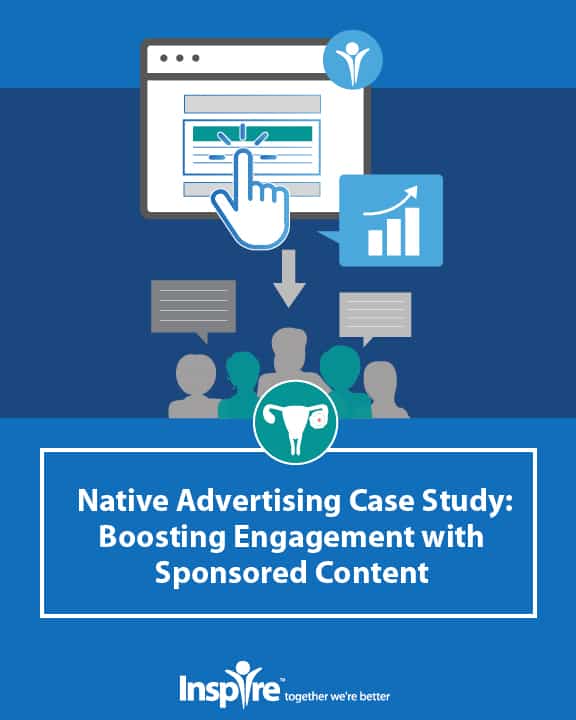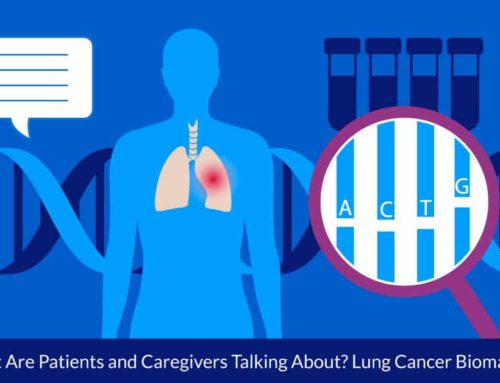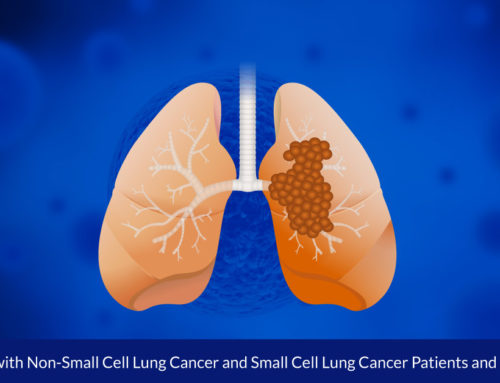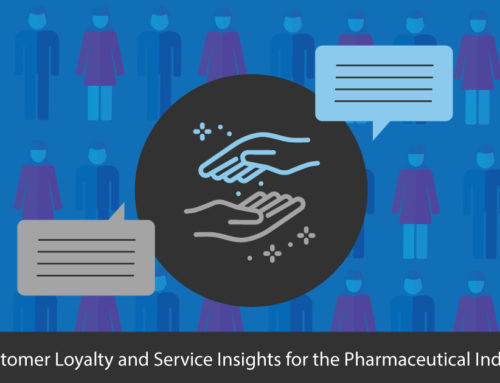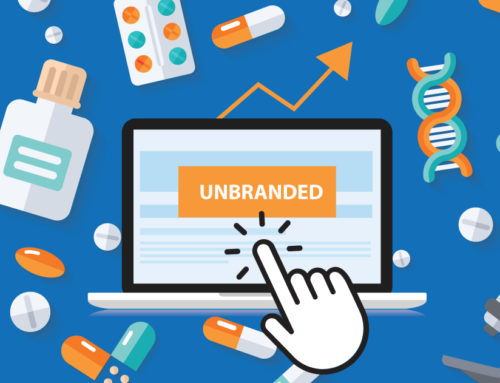Buzzword Bingo and Sponsored Content / Native Advertising
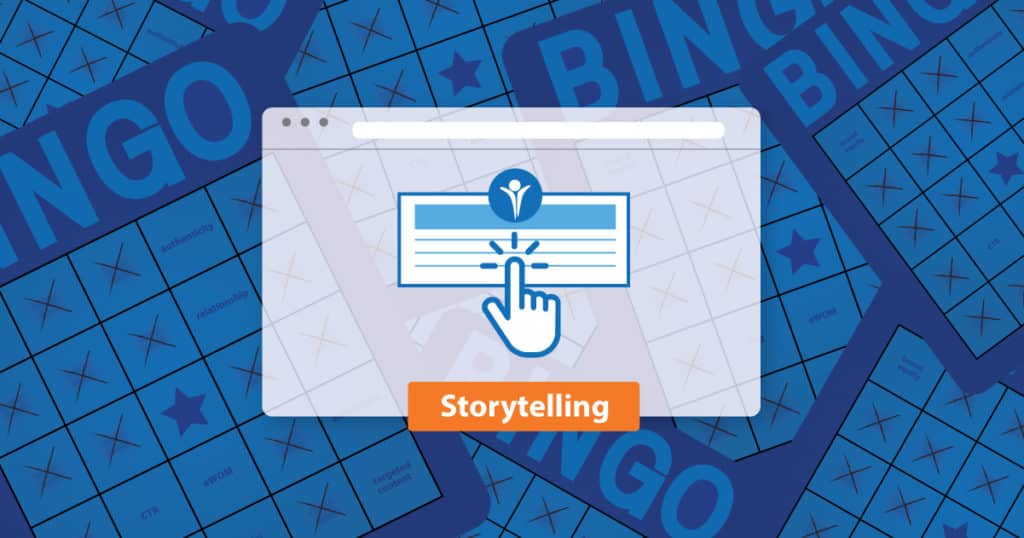
By Odin Soevik
“Buzzword bingo” is a game in which everyone in a meeting gets a one-page grid of today’s business buzzwords. Each time a person in the meeting says one of the words, you mark the box with that word in it. The first person to mark off a full line of buzzwords, wins.
If you work in pharmaceutical marketing, your bingo card definitely has some form of the word “storytelling” on it, along with a set including authenticity, relationship, brand equity, eWOM, influencers, and the old favorites: targeted content, social media, and CTR. If you’re alert, the game could be over in a few sentences. For example:
“In DTC marketing, the only working strategy to improve brand equity is telling your story to a targeted audience on social media using content that is perceived as relevant and authentic. Influencers spread the content through eWOM, and the CTR rates show increased brand engagement.”
The funny thing is, this is all true. According to the current best-selling product management book, a recent Forbes article, and others, framing content as a story should be “a priority in marketing” because audiences are still engaged by, learn from, and remember well-told stories. Brands and products have stories.1,2 The audience is on social media, where people segment themselves by shared interests and influence one another.
The Journal of Interactive Marketing found that digital content marketing (DCM) is, ideally, “relevant, valuable brand-related content [aimed at] current or prospective customers on digital platforms to develop their favorable brand engagement, trust, and relationships (vs. directly persuading consumers to purchase).”3 The same report cited one study as having found that 70% of consumers indicated they want to “learn about products through [e.g. blog-based] content, as opposed to traditional advertising.”
The review concluded that, given audience skepticism of all forms of traditional marketing communications, digital content marketing that really works “is based on the premise of a genuine, sincere desire to add value to the consumer’s life in some relevant way (e.g. by educating them about a brand’s use).”
When the offering is pharmaceutical, the audience is made up of people seeking treatment for that specific condition. Inspire’s online communities gather to find information and compassion among peers. The targeted audience is already there, with each person motivated by medical need. They often already know more about their condition than even some of their doctors do so pharma publishers have to know their audience even better in order to engage well with standard advertising.
To gain their attention and keep their respect, content has to be about something the community cares about, and is best told as a story. This is where buzzwords will fail you. It takes listening until you understand what is relevant to people on that journey, and then fulfilling a real need. What kind of content is appreciated? Sponsored content/native advertising based on videos of patients relating their experiences works. Information about programs to help defer some of the costs of healthcare resonates. Resources that make life easier – whether they are hacks to help deal with side effects, ideas on getting a second opinion or access to journal articles on their condition – grab attention.
Have a pharmaceutical product? Take off your sales hat and figure out what a sick friend or family member might need. Traditional advertising might not be welcome, but friends offering help certainly are.
Inspire offers a trusted community to patients and caregivers. Our goal with this blog, this website and our content is to provide the life science industry access to the true, authentic patient voice. In so doing, we support faithful operationalization of patient-centricity. Take a look at our case studies, eBooks and news outlet coverage.
References
1 Whitler, K. “3 Reasons Storytelling Should be a Priority for Marketers.” Forbes, July 14, 2018.
2 Author’s note: The best-selling product management book on Amazon as of this writing is “Building a Story Brand” by Donald Miller.
3 Hollebeek, L, and Macky, K. “Digital Content Marketing’s Role in Fostering Consumer Engagement, Trust, and Value: Framework, Fundamental Propositions, and Implications.” Journal of Interactive Marketing 45 (2019) 27-41. December 2018.

